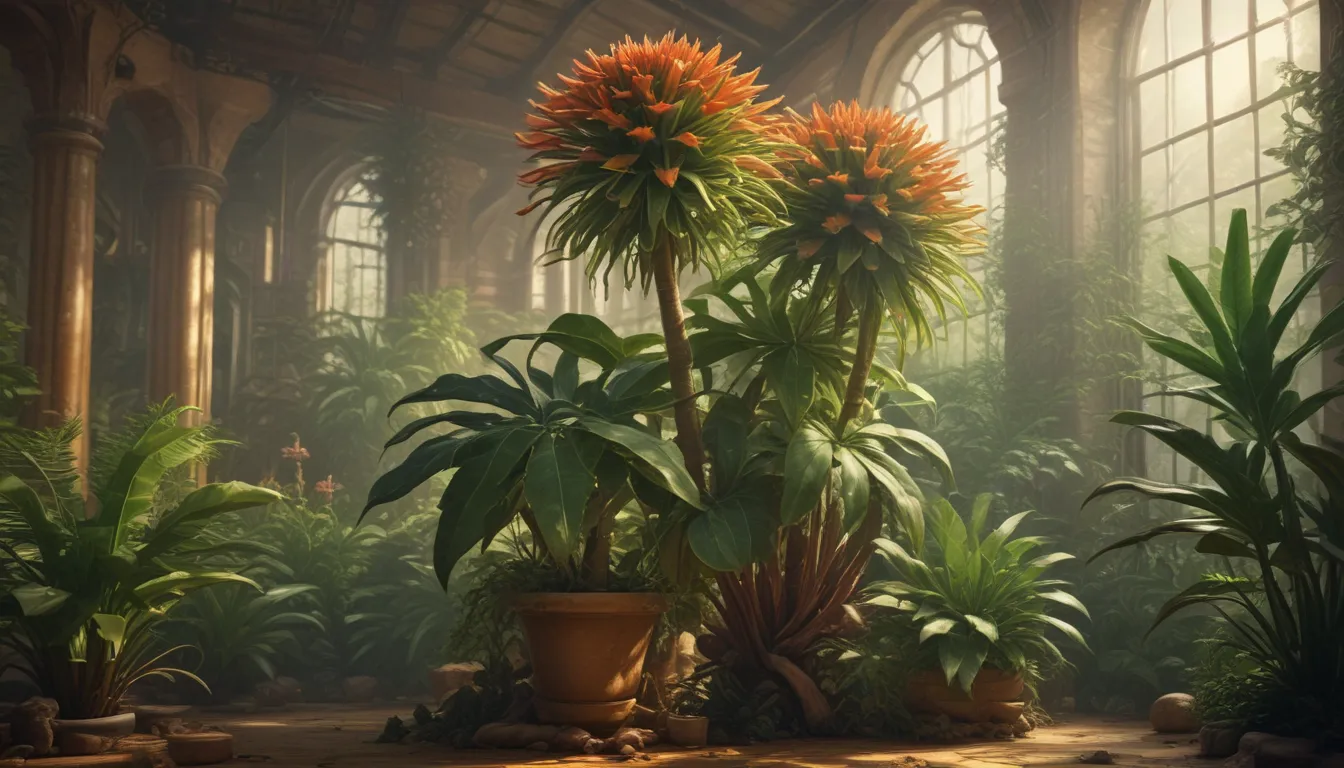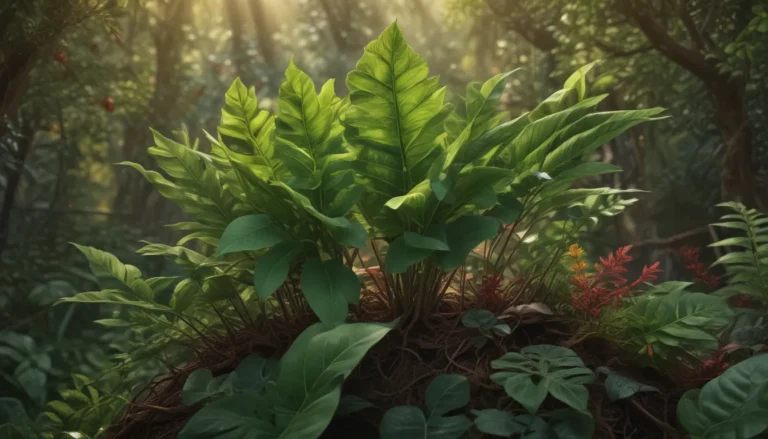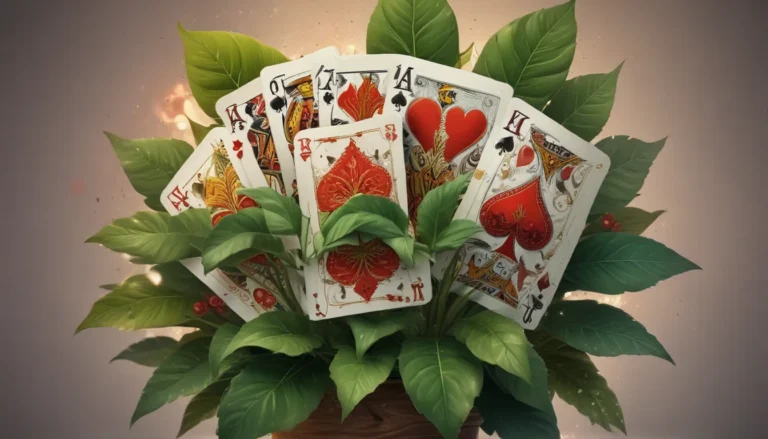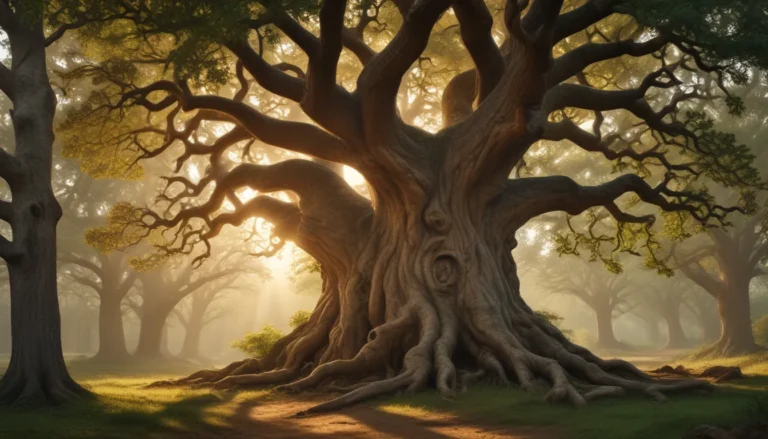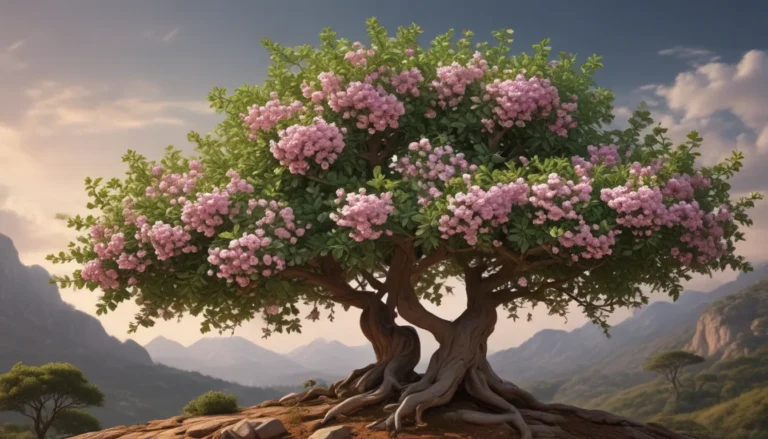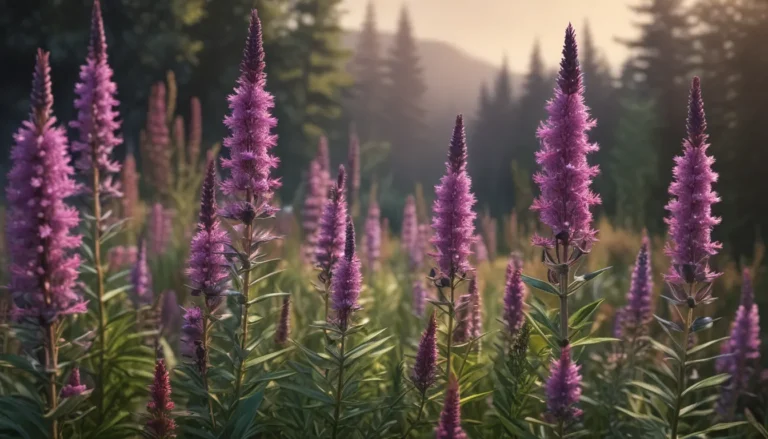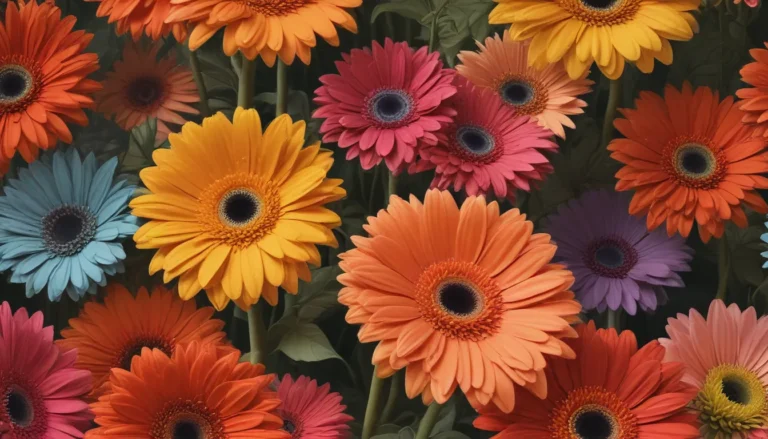The pictures we use in our articles might not show exactly what the words say. We choose these pictures to make you interested in reading more. The pictures work together with the words but don’t take their place. The words still tell you the important facts.
Are you intrigued by the captivating beauty and unique characteristics of the Century Plant? Dive into the world of this fascinating succulent, also known as Agave americana, as we uncover thirteen astounding facts that will deepen your appreciation for this botanical wonder. From its impressive size and longevity to its cultural significance and adaptation strategies, the Century Plant is truly a plant lover's dream. Join us on this journey of exploration as we unravel the secrets of this extraordinary plant.
Discovering the Century Plant’s Intriguing Nature
The Century Plant Blooms Sooner Than You Think
Contrary to its name, the Century Plant does not take a century to bloom. In reality, this striking succulent typically blooms between 10 to 30 years of age, producing a magnificent flower spike before reaching the end of its life cycle.
A Succulent Wonder, Not Just Any Plant
Belonging to the succulent family, the Century Plant boasts the ability to store water in its thick, fleshy leaves. This adaptation allows the plant to thrive in arid conditions, making it a perfect fit for desert landscapes.
Impressive Size and Dramatic Appearance
With some specimens towering up to 25 feet tall and leaves reaching lengths of 6 feet, the Century Plant's rosette shape and sharp spines create a dramatic and striking presence in any landscape.
Exploring the Unique Characteristics of the Century Plant
Long Blooming Period and Vibrant Flowers
During its blooming stage, the Century Plant sends forth a tall flowering stalk that can reach heights of up to 30 feet. Adorned with clusters of yellow or greenish-yellow flowers, this display attracts a variety of pollinators with its sweet fragrance.
A Haven for Pollinators
The intoxicating fragrance of the Century Plant's flowers serves as a beacon for bats, moths, and other nocturnal pollinators. The abundance of nectar produced provides these creatures with the energy needed for pollination.
Traditional Medicinal Uses
For centuries, the sap of the Century Plant has been utilized in traditional medicine for its healing properties, including antiseptic and anti-inflammatory effects. This plant holds cultural significance in many indigenous communities for its medicinal qualities.
Embracing the Natural Resilience of the Century Plant
Thriving in Drought-Prone Environments
Due to its succulent nature and water-storing capabilities, the Century Plant is well-equipped to survive in arid and drought-prone conditions. Its resilience makes it a popular choice for landscaping in desert regions.
Culinary Delights and Alcoholic Beverages
In addition to its medicinal uses, the Century Plant offers culinary applications, with its leaves being roasted and consumed, and its sap fermented to produce a traditional alcoholic beverage known as pulque.
A Popular Landscaping Choice
Thanks to its exotic appearance and ability to thrive in harsh environments, the Century Plant has become a favored option for landscaping in desert regions. Its architectural beauty adds a touch of elegance to gardens and landscapes.
Appreciating the Legacy of the Century Plant
From its ability to endure harsh conditions to its cultural significance and culinary uses, the Century Plant continues to captivate plant enthusiasts around the world. Whether encountered in the wild or cultivated in a garden, this remarkable succulent leaves a lasting impression with its beauty and resilience. Take a moment to admire the Century Plant and the incredible journey it embarks upon over the centuries.
Frequently Asked Questions About the Century Plant
How long does it take for a Century Plant to bloom?
On average, the Century Plant blooms between 10 to 30 years of age, contrary to the misconception that it takes a century to flower.
What happens to the Century Plant after it blooms?
While the main rosette that produced the flower spike may die off, the plant typically produces new offshoots, known as "pups," to continue its life cycle.
Can I grow a Century Plant in my garden?
Yes, the Century Plant can be cultivated in gardens, but it is essential to consider its space requirements and growth potential as it can reach considerable sizes.
Are Century Plants toxic?
Yes, the sap of the Century Plant contains toxic substances, so caution should be exercised when handling the plant to avoid any potential irritation or allergic reactions.
Our Commitment to Quality and Authenticity
At our core, we are dedicated to providing you with trustworthy and engaging content that enriches your understanding and appreciation of the world around you. Our commitment to accuracy and reliability ensures that every fact shared is both fascinating and credible. Join us on this journey of discovery and exploration as we continue to deliver high-quality information that inspires and educates.
